Sodium Laureth Sulfate (SLES)
60,000₫ Original price was: 60,000₫.50,000₫Current price is: 50,000₫.
SLES (Sodium Laureth Sulfate) is an anionic surfactant widely used in the cosmetic and detergent industries. Thanks to its excellent foaming ability, strong emulsifying power, and effective cleansing performance, SLES has become an essential ingredient in many personal care and household hygiene products.
SLES (Sodium Laureth Sulfate)
SLES (Sodium Laureth Sulfate) is an anionic surfactant widely used in the cosmetic and detergent industries. Thanks to its excellent foaming ability, strong emulsifying power, and effective cleansing performance, SLES has become an essential ingredient in many personal care and household hygiene products.
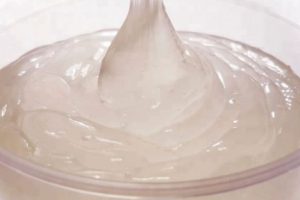
🧪 Chemical Structure and Origin
Chemically, SLES is a derivative of ethoxylated lauryl sulfate, typically synthesized from lauryl alcohol (sourced from palm or coconut oil), followed by ethoxylation and sulfation to create a water-soluble compound. Compared to SLS (Sodium Lauryl Sulfate), SLES is considered less irritating due to the presence of ethoxyl groups (-OCH₂CH₂-) in its structure, making it milder and less drying on the skin.
Applications of SLES in Life and Industry
1. In Cosmetics and Personal Care
SLES is a key ingredient in many skincare and haircare products due to its effective cleansing and stable foaming properties.
-
Shampoos, body washes, facial cleansers: Cleanse dirt and excess oil on the skin and hair, providing a fresh and comfortable feeling after use.
-
Shaving creams: Create a rich lather to support smooth shaving.
-
Foaming makeup removers: Gently remove makeup without harming the skin.

Applications of SLES in Life
2. In Oral Care
-
Toothpaste: SLES helps create foam, dispersing active ingredients and aiding in the removal of plaque and food debris.
3. In Household Cleaning Products
-
Dishwashing liquids, floor cleaners, laundry detergents: Efficiently remove grease and dirt, aid emulsification, and rinse off easily.
-
Multipurpose cleaners: Effectively clean surfaces such as metal, tiles, and glass without leaving residue.
4. In Industrial Applications
-
Industrial cleaning solutions: Used in specialized formulations for cleaning machinery and production lines.
-
Additive in pharmaceutical or polymer manufacturing: With strictly controlled dosages.
⚠️ Safety and Development Trends
Although SLES is considered safe when used at appropriate concentrations and in rinse-off products, some concerns remain about its potential to cause skin irritation at high doses or with prolonged exposure. To ensure safety, manufacturers now focus on controlling 1,4-dioxane, a byproduct formed during ethoxylation, through careful processing and testing.
In response to the green and clean beauty trends, many brands are shifting toward using SLES alternatives or combining SLES with milder surfactants to optimize both cleansing performance and skin compatibility.
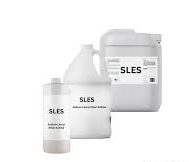
✅ Conclusion
SLES remains one of the most common and effective ingredients in personal care and cleaning products. With its affordable cost, high foaming capacity, and relatively gentle nature, it continues to play a vital role in the modern cosmetic and chemical industries. However, its use should be accompanied by strict quality control and attention to consumer trends to develop products that are both effective and safe.
Be the first to review “Sodium Laureth Sulfate (SLES)” Cancel reply
Related products
Cosmetic ingredients
Cosmetic ingredients
Cosmetic ingredients
Cosmetic ingredients
Cosmetic ingredients
Cosmetic ingredients
Cosmetic ingredients
Cosmetic ingredients


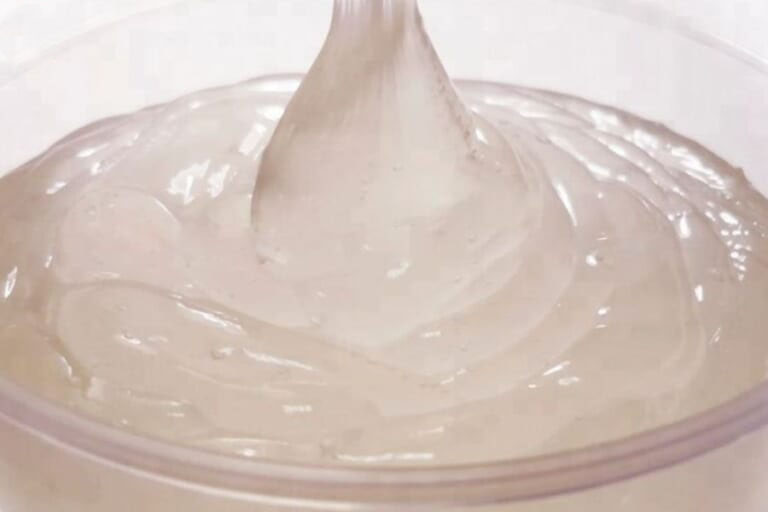
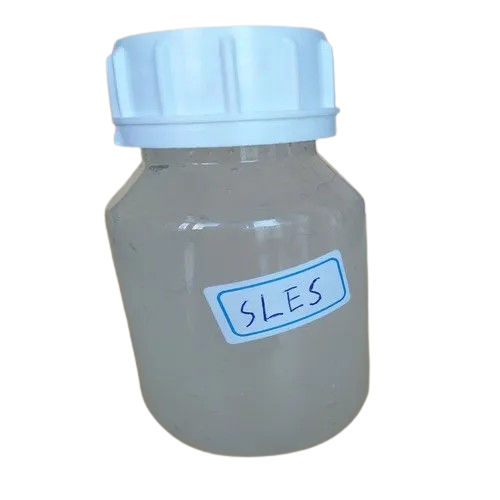

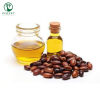
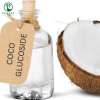
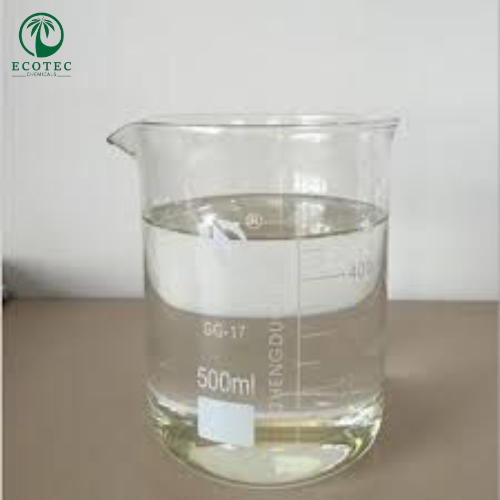
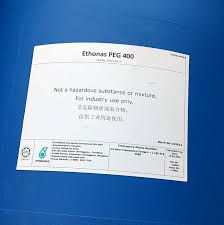
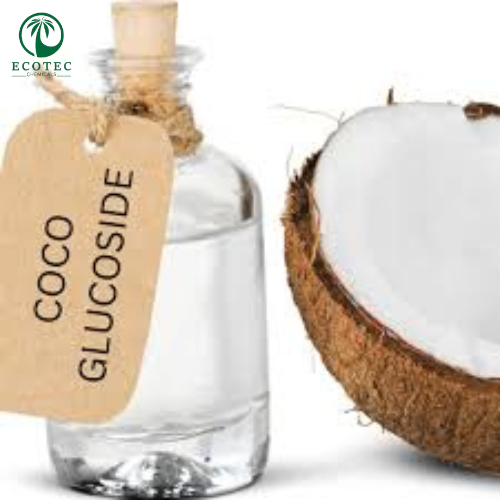
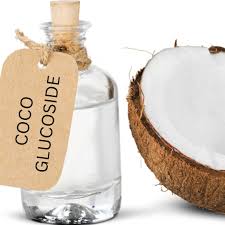
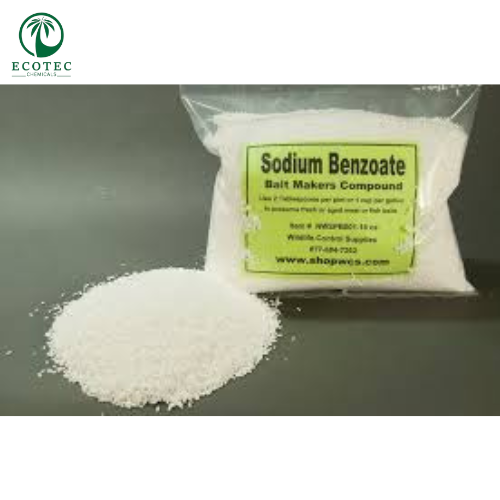
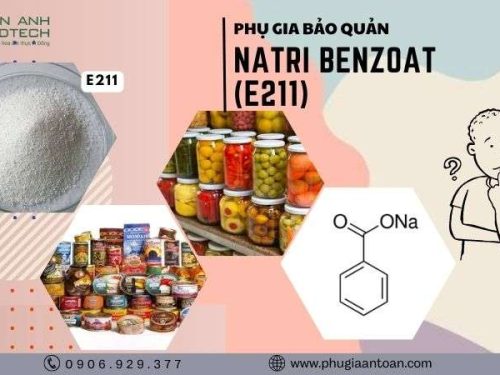
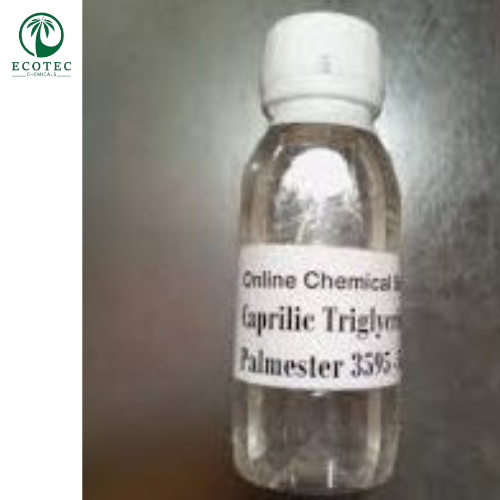
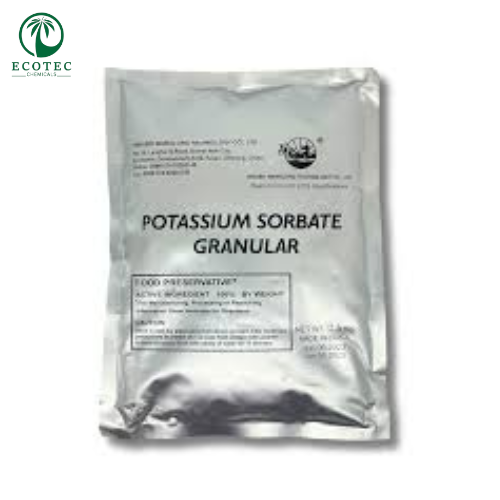


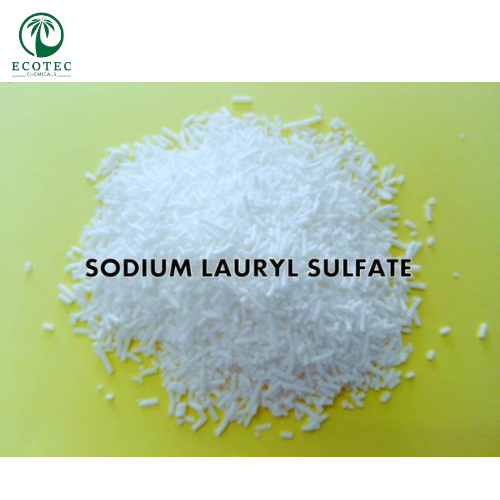
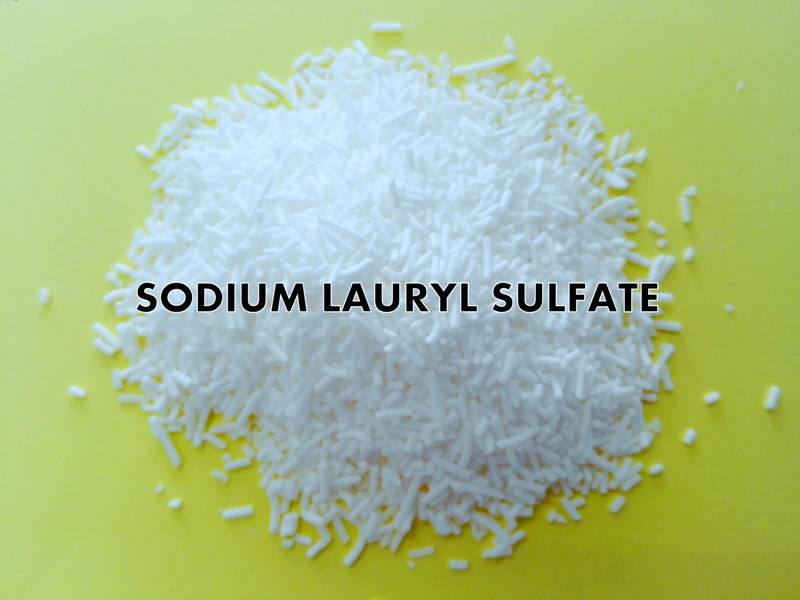
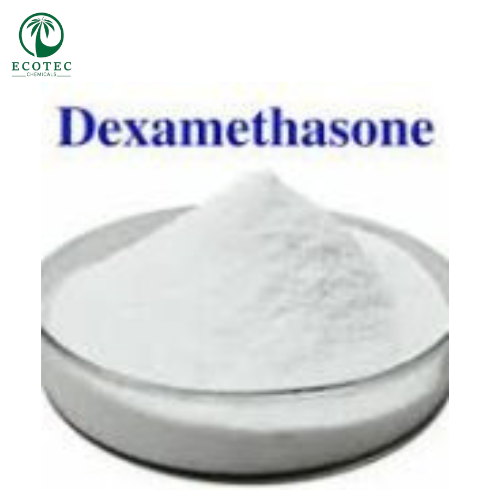
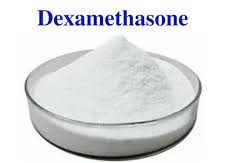



Reviews
There are no reviews yet.